Alex Palma-Cando and Ullrich Scherf discuss the synthesis, properties, and applications of electrochemically generated thin films of microporous polymer networks.
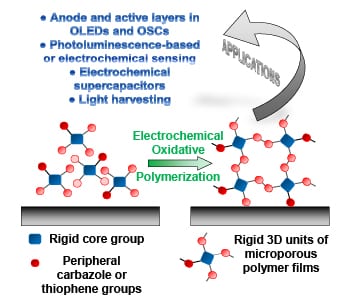

Alex Palma-Cando and Ullrich Scherf discuss the synthesis, properties, and applications of electrochemically generated thin films of microporous polymer networks.

Chinese scientists present an advanced modeling approach that will help to promote lab-scale research to industrial applications

Researchers from the Lawrence Berkeley National Laboratory have created soft polymer materials capable of thermoelectric energy generation.
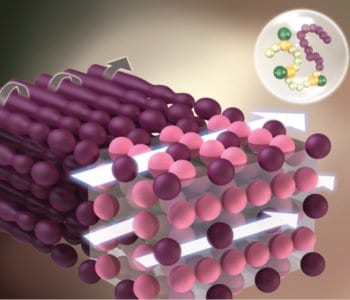
A special issue in Macromolecular Rapid Communications presents selected highlights in the exciting field of ionic liquid-based polymers.
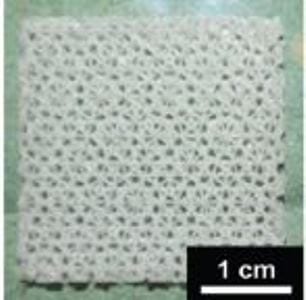
Researchers synthesized a copolymer scaffold from Polycaprolactone (PCL) and poly-D, L-lactic acid (PDLLA) for potential breast tissue engineering.
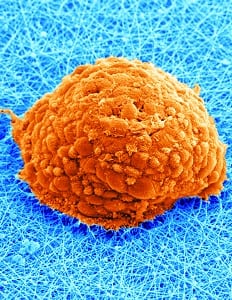
A patient-derived stem cell source offers great potential for individual-tailored cell therapies and regenerative medicine.

The advisory board of Macromolecular Chemistry and Physics provides you with a selection of the best papers published in the journal in 2016.
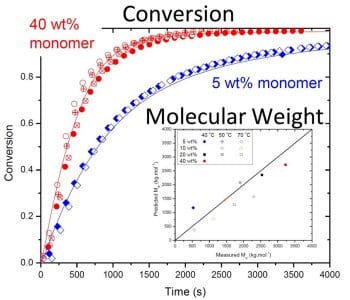
Scientists from Canada and Slovakia present an improved mechanistic description of acrylamide polymerization under industrially-relevant conditions

Researchers successfully prepare polymeric thioxanthones, which were shown to be used as potential anticancer and radiotherapy agents.
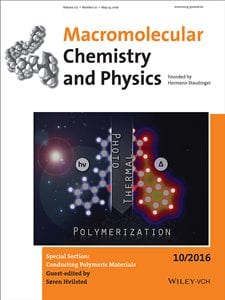
In a recent issue, Macromolecular Chemistry and Physics published a special section on conducting polymeric materials guest-edited by Søren Hvilsted.